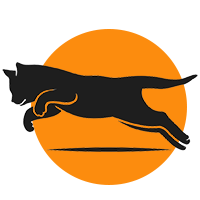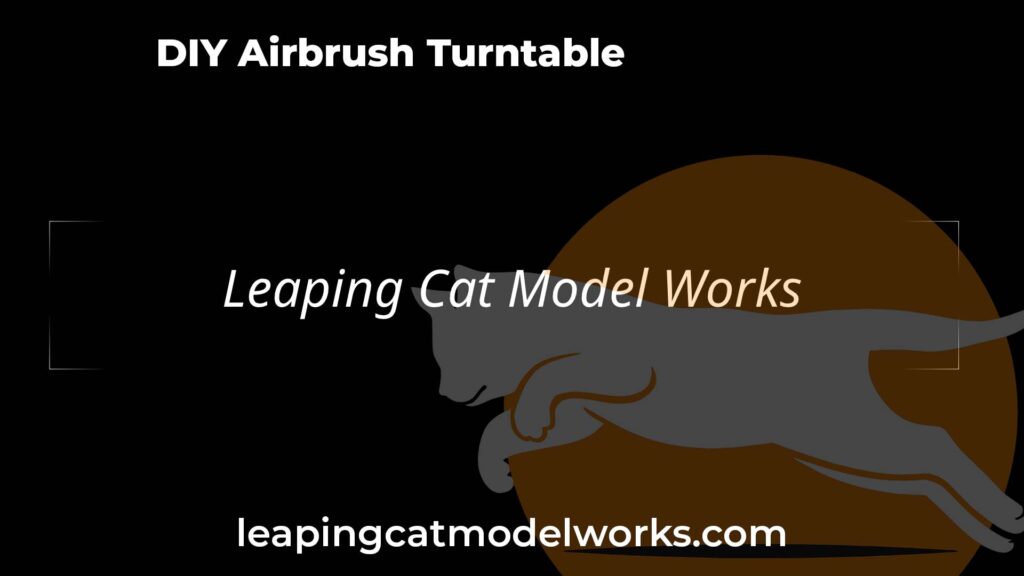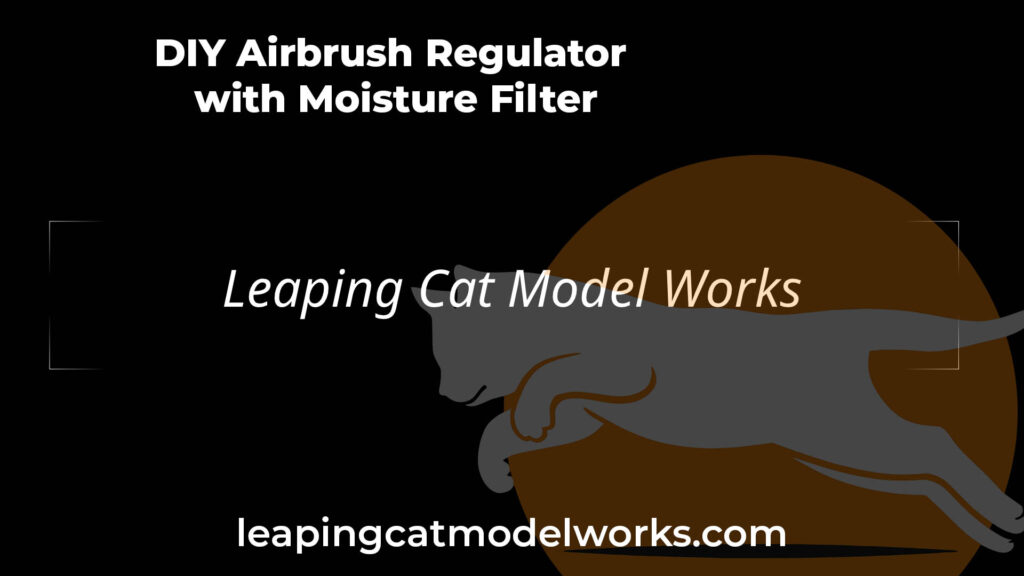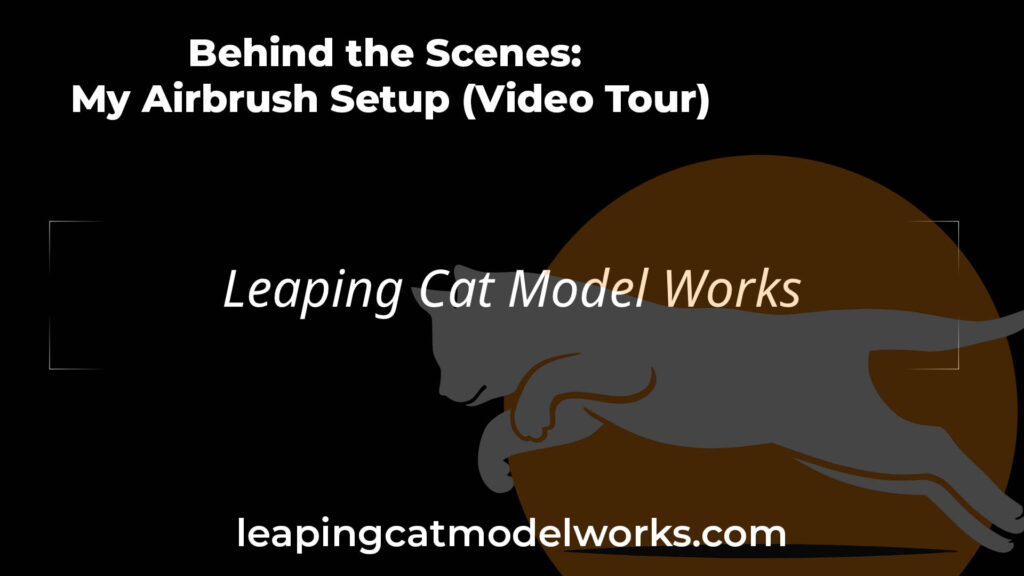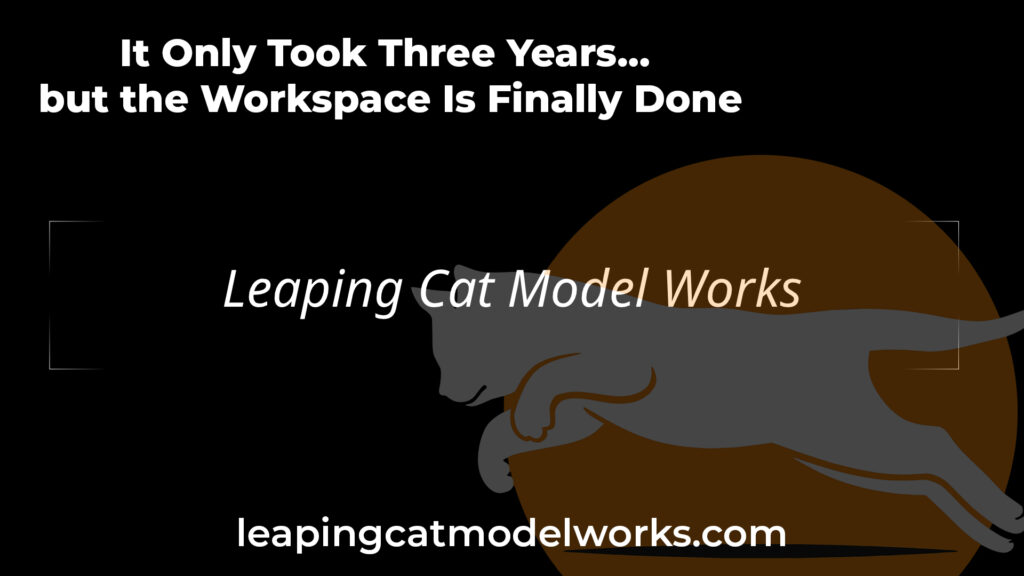Sometimes the best tools are the ones you build yourself. Here’s how I put together an airbrush turntable that’s made my model painting easier, cleaner, and more fun—even if the first attempt wasn’t perfect.
The fun part begins—painting the KNR90. I made a few subtle modifications, experimented with black primer, and dove head-first into learning the quirks of acrylic paint. It’s not perfect, but it’s progress—and sometimes that’s more important.
Need better control over your airbrush setup? In this video, I show you how I built a simple and affordable airbrush pressure regulator with a built-in moisture filter using parts from Harbor Freight. This rig helps me quickly adjust pressure and keep moisture out of the line—especially important in humid environments like mine.
Welcome to the garage! In this video, I walk you through my current airbrush setup—built from repurposed materials and made to be functional, affordable, and easy to replicate. Whether you’re new to airbrushing or just looking for setup ideas, I share what’s worked for me and how you can build something similar.
In this post, I reflect on a question every model railroader gets eventually—“Why model trains?” For me, it’s about more than locomotives and layouts. It’s a creative space where all my passions—3D design, electronics, photography, and problem-solving—come together. This is the story behind that answer.
Learn how I fit a full-size DH187D decoder into a Proto 2000 SW900 switcher. Step-by-step process, resistor tricks, custom parts, and tips for working with LEDs in tight spaces.
In this video, I walk you through the process of prepping and painting one of my HO scale flat top 55-gallon steel drums. These 3D resin-printed drums are available in packs of ten from my website and are designed to bring added detail to your layout—whether you’re modeling a diesel shop, an industrial siding, or just want some realistic clutter.
Ever wonder what the colors of 55-gallon drums mean? This guide breaks down the real-world color codes and how model railroaders and miniature builders can use them to add realism to their scenes.
As part of the KNR 90 rebuild, I replaced the stock friction-bearing trucks on my Proto 2000 SW900 with 3D printed roller-bearing versions, modeled after AAR Type A trucks. In this post, I share why the change matters, some railroad history behind it, and what it took to get the fit just right.
After three years in Beaufort, I finally finished my model train workspace—and with it came a few lessons about focus, creative space, and avoiding project overload in the hobby. Here’s a behind-the-scenes update, plus advice for staying on track (pun intended).
